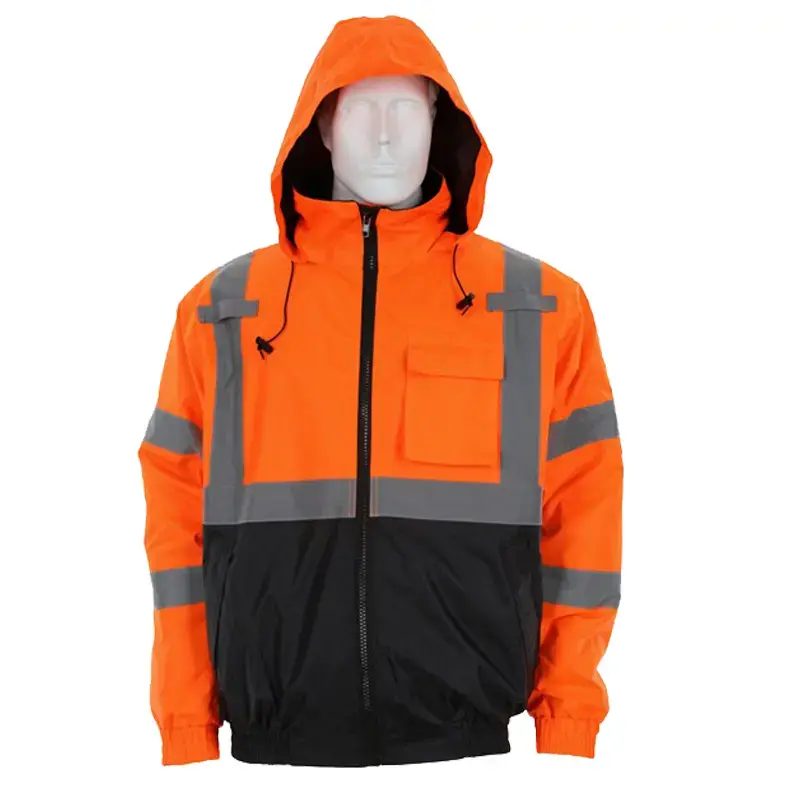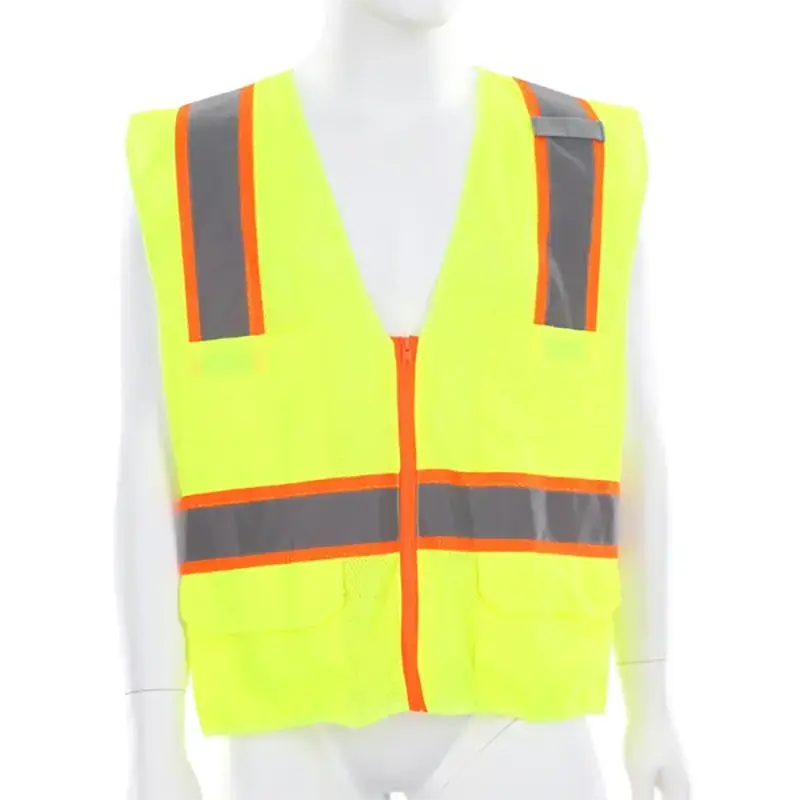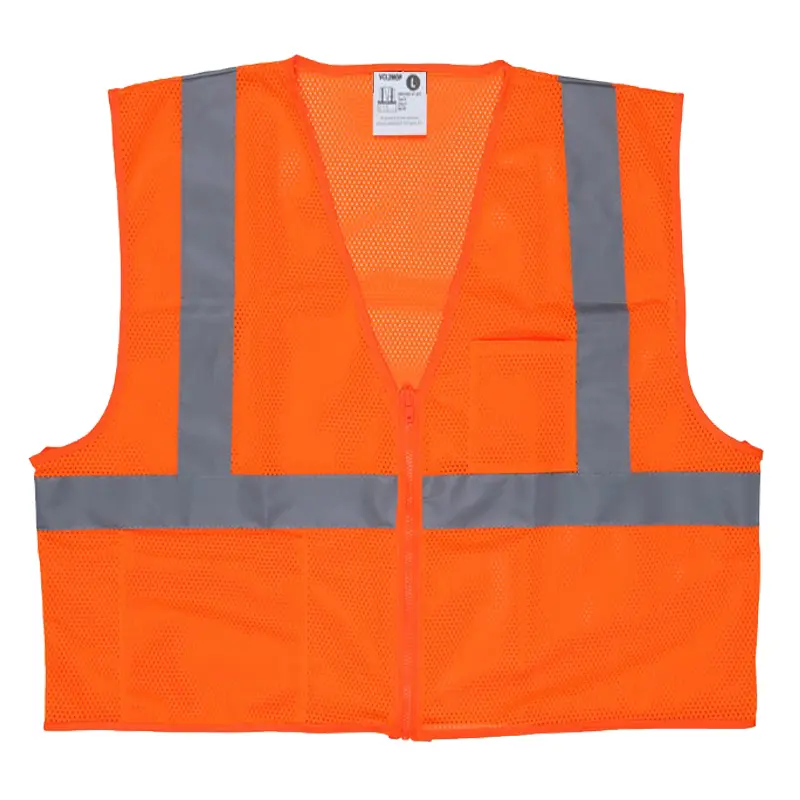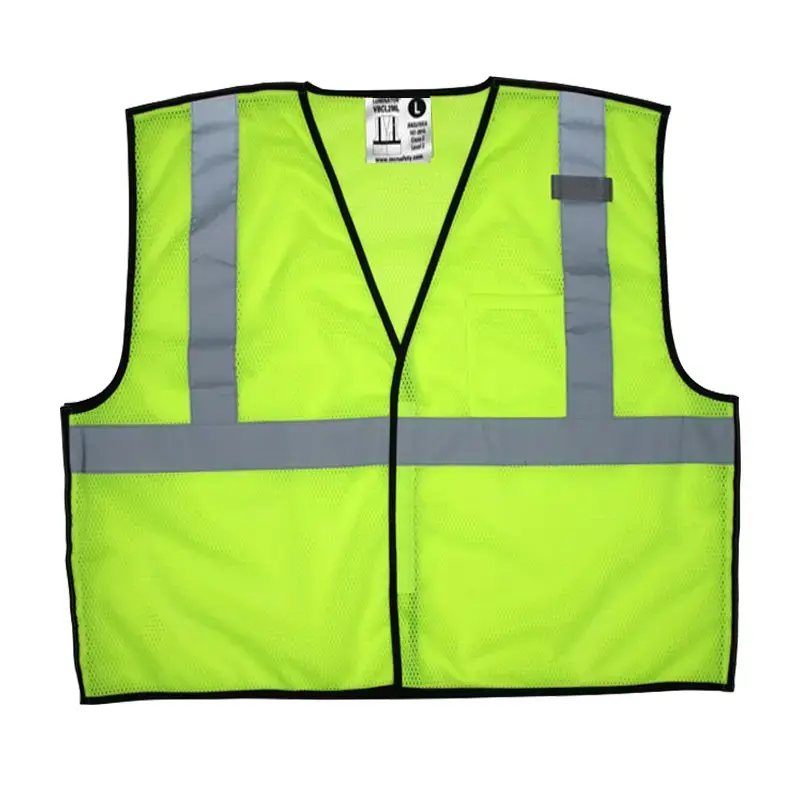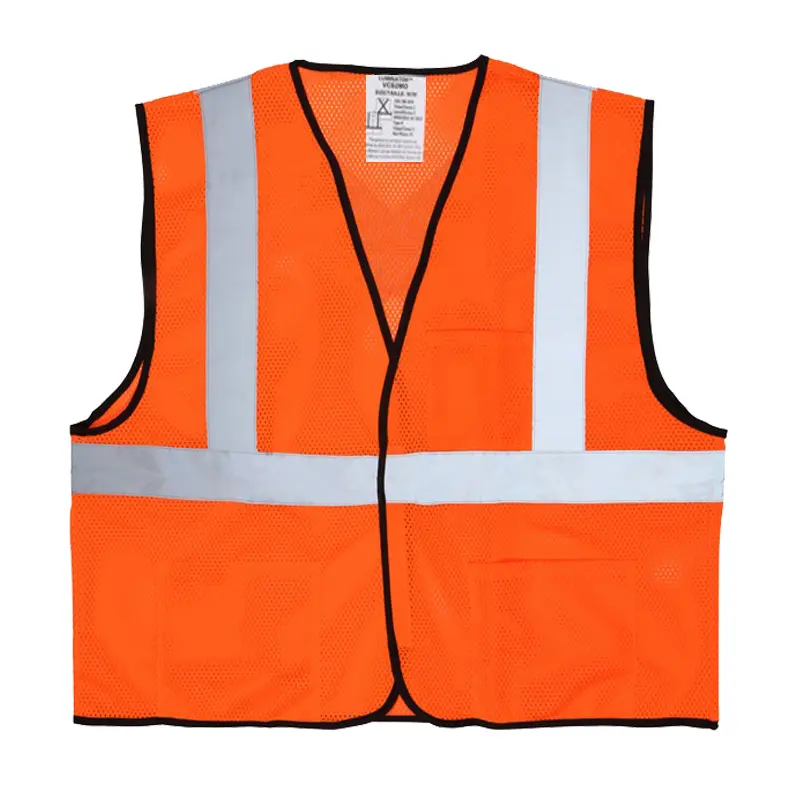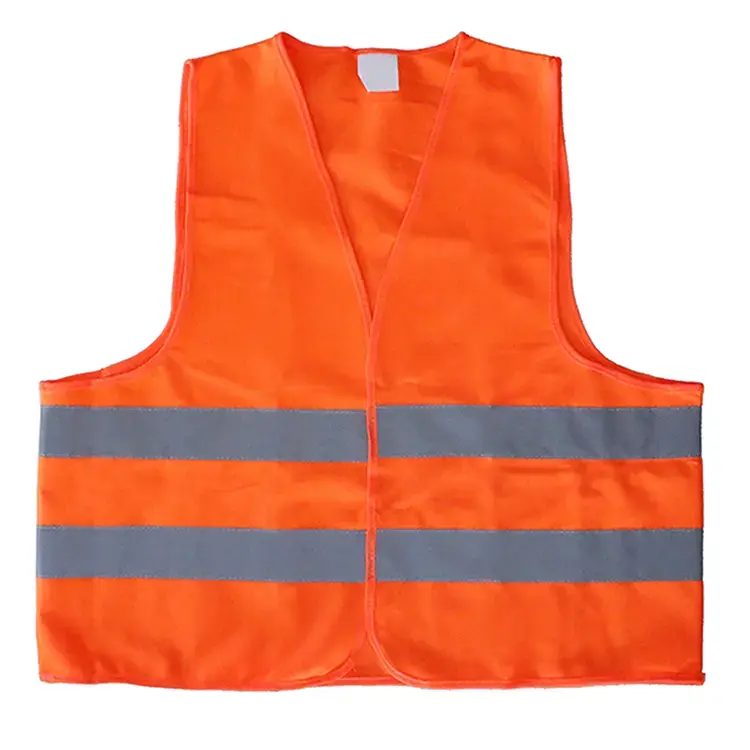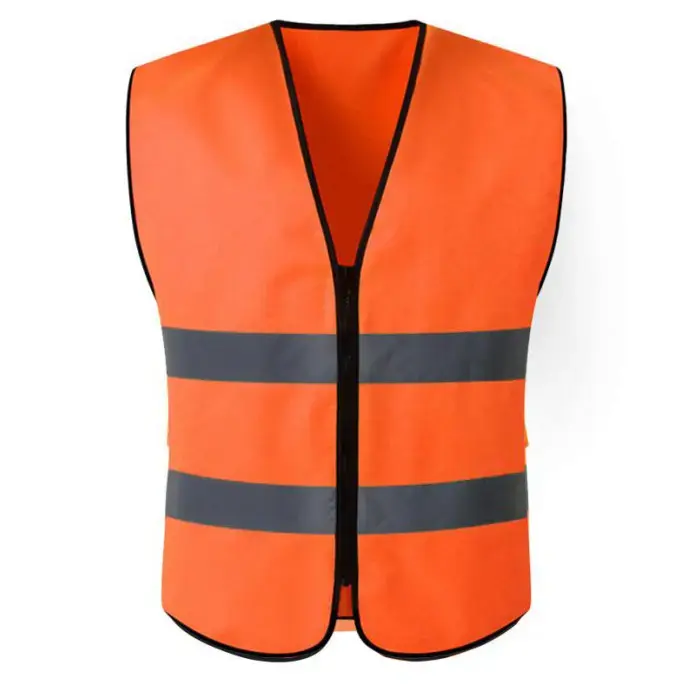The latest national standard in 2025
The latest national standard in 2025: 8 key indicators of reflective clothing quality requirements
In today's global market environment, reflective clothing is an important safety protection product, and its quality is directly related to the life safety of users. With the implementation of the latest national standard in 2025, the quality requirements of reflective clothing have become more stringent and detailed.
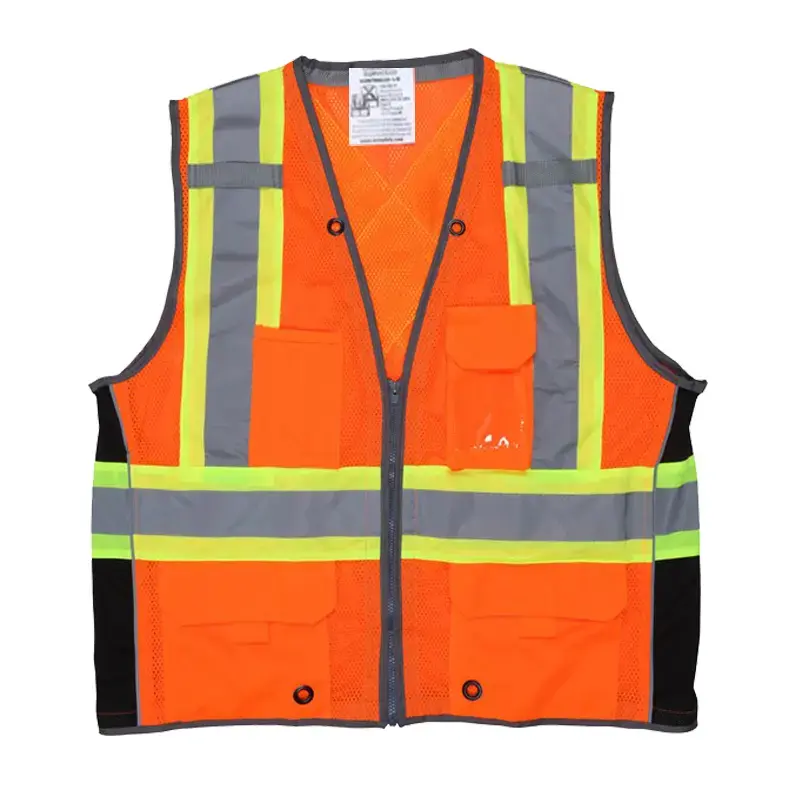
I. Performance indicators of reflective materials
(I) Retroreflective coefficient classification
The core function of reflective clothing lies in the retroreflective performance of its reflective material. The new version of the national standard in 2025 refines the retroreflective coefficient of reflective materials into three levels: Level 1 ≥ 600 cd/(lx·m²), Level 2 ≥ 400 cd/(lx·m²), and Level 3 ≥ 200 cd/(lx·m²). Among them, the first-level material must be used for construction sites, while the second-level material can be used for ordinary road maintenance. During the inspection, it is necessary to test in both dry and wet states to ensure that the reflective effect can still be maintained at more than 80% on rainy days. The implementation of this standard has greatly improved the visibility of reflective clothing in adverse weather conditions, thereby reducing the risk of accidents.
(II) Color fastness test
Color fastness is another key indicator of the quality of reflective clothing. After 50 washes, the color difference ΔE of the yellow base material must be ≤3.5, and the red warning strip ΔE must be ≤4.0. In 2025, a new UV aging test was added, requiring that the color change should not exceed 15% after 200 hours of continuous exposure. This test ensures that the color of the reflective clothing will not fade due to sun and rain during long-term use, thereby always maintaining a good warning effect.
II. Key parameters of physical properties
(I) Tear strength
The durability of reflective clothing is an important manifestation of its quality. The new version of the national standard stipulates that the longitudinal tear force of the base fabric is ≥32N and the transverse tear force is ≥28N. The trapezoidal method is used for sampling during the test, and the stretching speed is controlled at 100mm/min. Actual cases show that reflective clothing that does not meet the standards is easy to tear as a whole piece when hooked, and loses its protective effect. Therefore, the improvement of tear strength is crucial for the use of reflective clothing in complex environments.
(II) Seam strength
The seam is a part of the reflective clothing that is prone to problems. The stress-bearing parts such as shoulders and underarms need to be sewn with double-thread chain stitches, and the stitch density should be no less than 12 stitches per 3cm. In the tensile test, the suture must withstand a force of 50N for 5 minutes without breaking. Market supervision data in 2025 showed that 23% of unqualified products were recalled due to substandard sewing processes. It can be seen that the improvement of seam firmness can not only extend the service life of reflective clothing, but also ensure its safety during use.
III. Safety certification and labeling specifications
(I) Compulsory certification label
In order to ensure the quality and safety of reflective clothing, all reflective clothing must be printed with QS safety certification code and reflective material grade label, such as "GB-2025-CL3" indicates a third-level material that meets the national standard. Starting from 2025, a QR code traceability system will be added, and the test report and production batch can be viewed by scanning the code on the mobile phone. This measure not only facilitates the purchaser to inspect the goods, but also forces the production enterprises to standardize management and improve the quality level of the entire industry.
(II) Size fit requirements
The size fit of reflective clothing is also an important factor affecting its use effect. The chest circumference error of adult models shall not exceed ±2cm, and the length error shall be ±1.5cm. For people with special body shapes, the national standard has added test specifications for sizes above XXL. A logistics company found through actual measurements that ill-fitting reflective clothing would cause more than 20% of the reflective strips to be blocked. Therefore, the improvement of size fit requirements can ensure that reflective clothing can play the best protective effect on users of all body shapes.
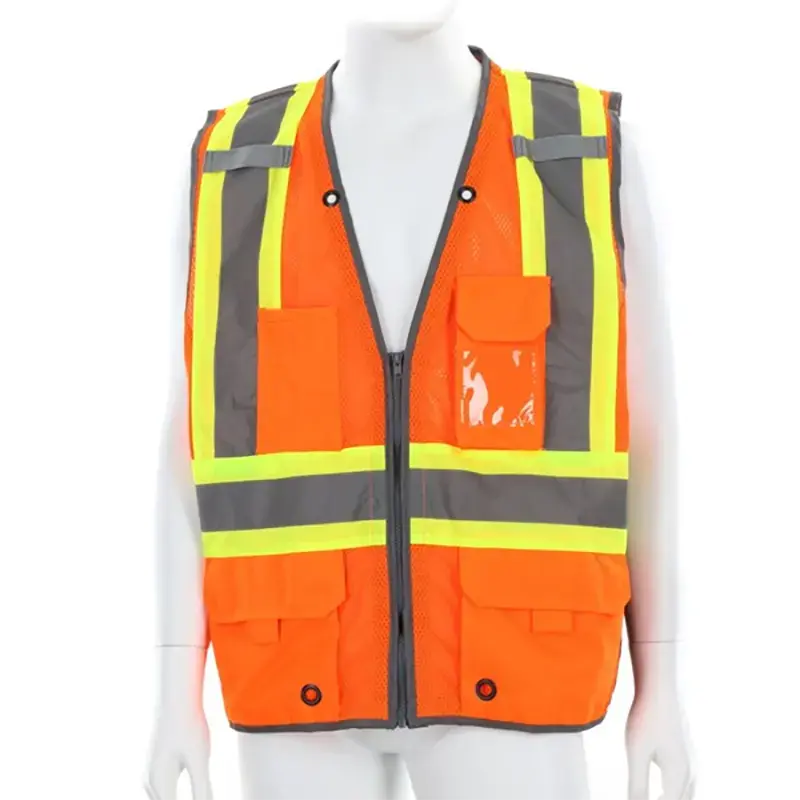
IV. Environmental protection and comfort upgrade
(I) Limit of harmful substances
Environmental protection and safety are basic requirements for modern products. The new version of the standard stipulates that the extractable heavy metal content is ≤50mg/kg for lead and ≤20mg/kg for cadmium, which is 3 times stricter than the old standard. A new perfluorinated compound detection item is added, requiring the PFOA content to be <0.005mg/m². The implementation of this standard not only protects the health of users, but also meets international environmental protection requirements, and helps reflective clothing products enter a broader international market.
(II) Breathability index
Comfort is an important factor affecting the user experience of reflective clothing. The new version of the standard stipulates that the air permeability is ≥120mm/s, and the temperature rise on the side of the clothing does not exceed 4°C within 8 hours of continuous wearing. Through the improved mesh fabric splicing design, the mainstream products in 2025 have achieved a balance between breathability and protection, and the complaint rate for summer wear has dropped by 37%. This improvement not only ensures the safety of reflective clothing, but also improves the comfort of users, making it easier to accept and use.
V. Summary and Outlook
The latest national standard in 2025 has comprehensively upgraded the 8 key indicators of reflective clothing quality, which cover reflective material performance, physical properties, safety certification and identification specifications, environmental protection and comfort. These strict standards not only improve the safety and reliability of reflective clothing, but also promote the quality improvement of the entire industry. For international wholesale buyers, understanding and mastering these standards can help them better choose reflective clothing products that meet the requirements, thereby providing global users with safer and more reliable protective equipment.
With the continuous advancement of technology and the changing market demand, the reflective clothing industry will continue to develop and innovate. In the future, we can foresee that reflective clothing will not only be more advanced in materials and design, but will also make greater breakthroughs in intelligence and multi-functionality. For example, combined with the Internet of Things technology, reflective clothing can achieve location tracking and real-time monitoring functions, further improving the safety of users. At the same time, with the enhancement of environmental awareness, the production process of reflective clothing will also pay more attention to sustainable development and use more recyclable and environmentally friendly materials....

